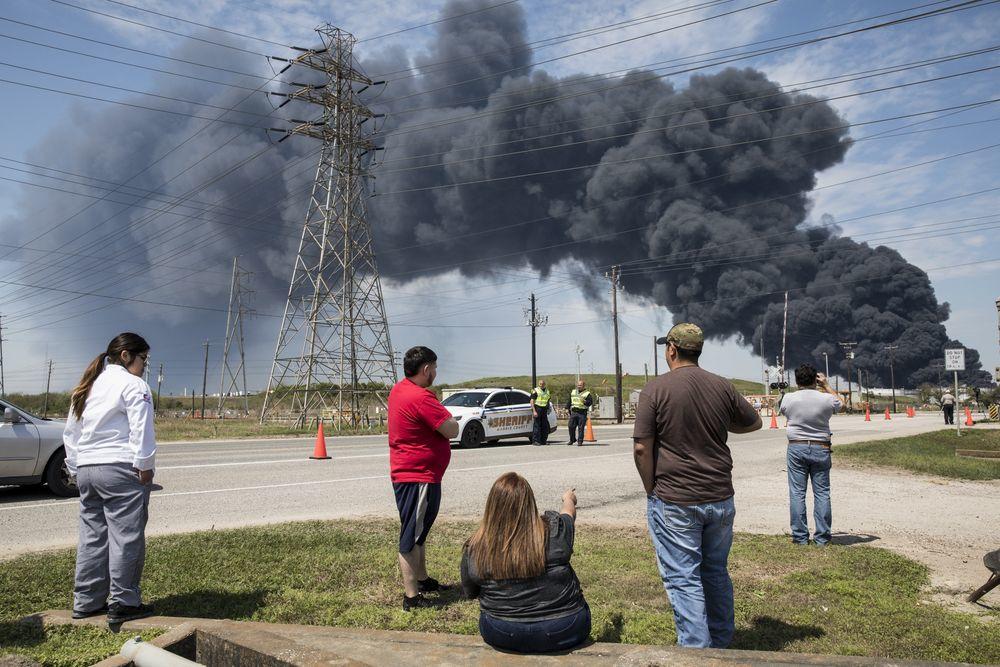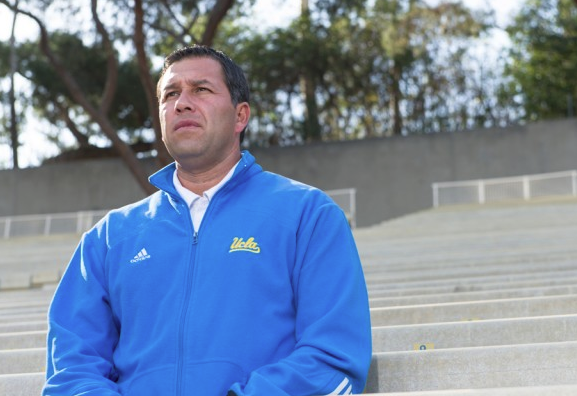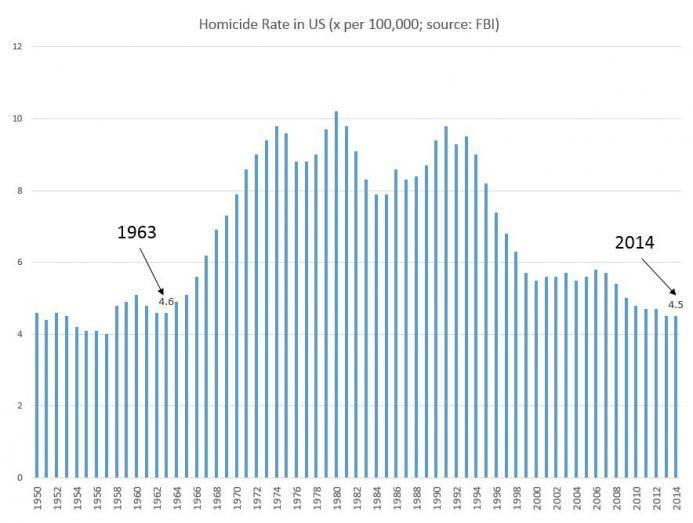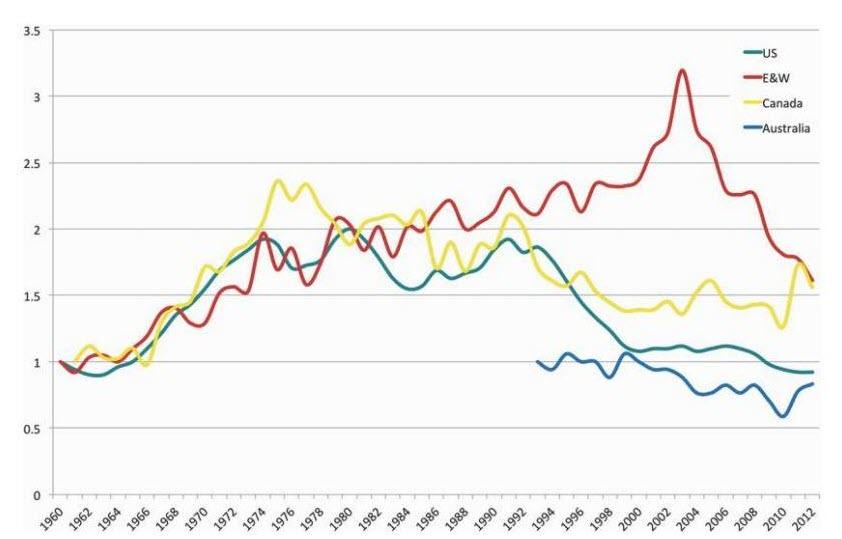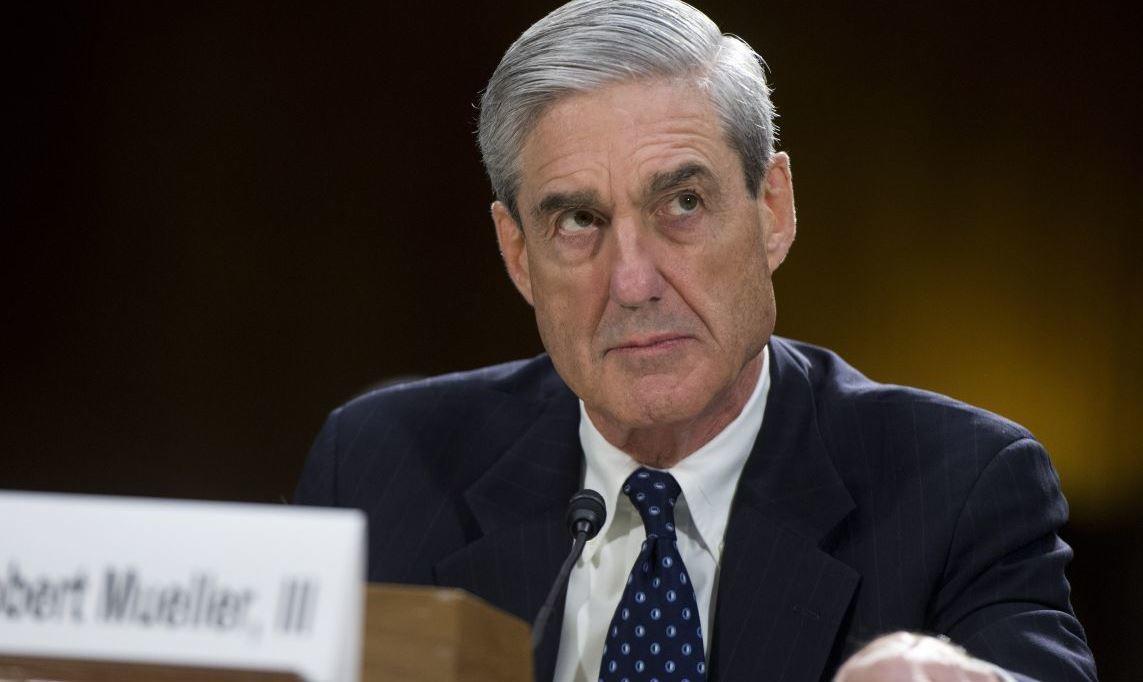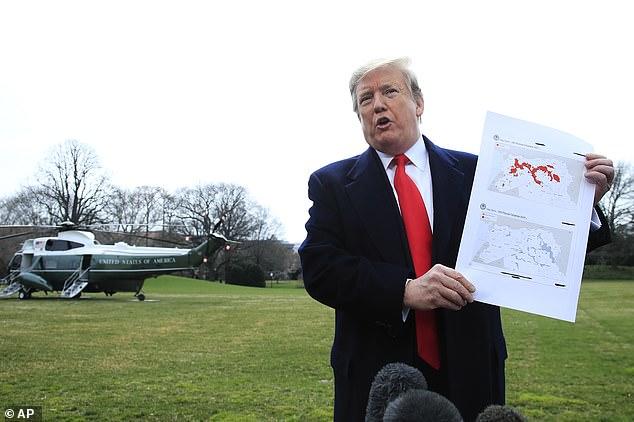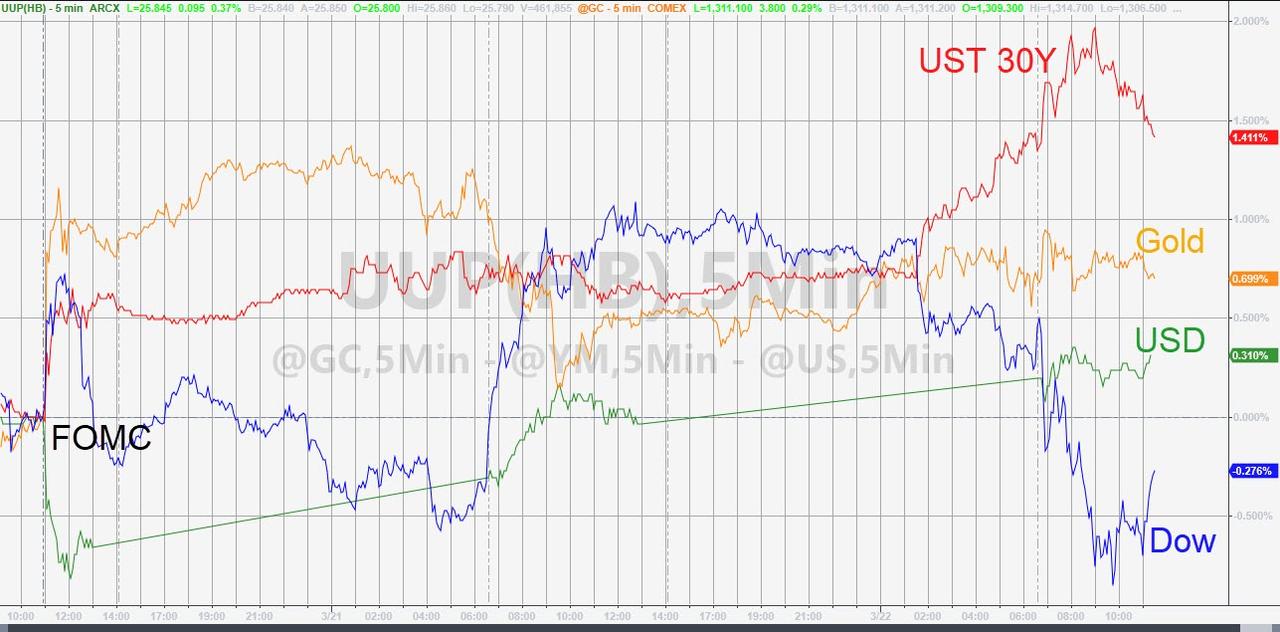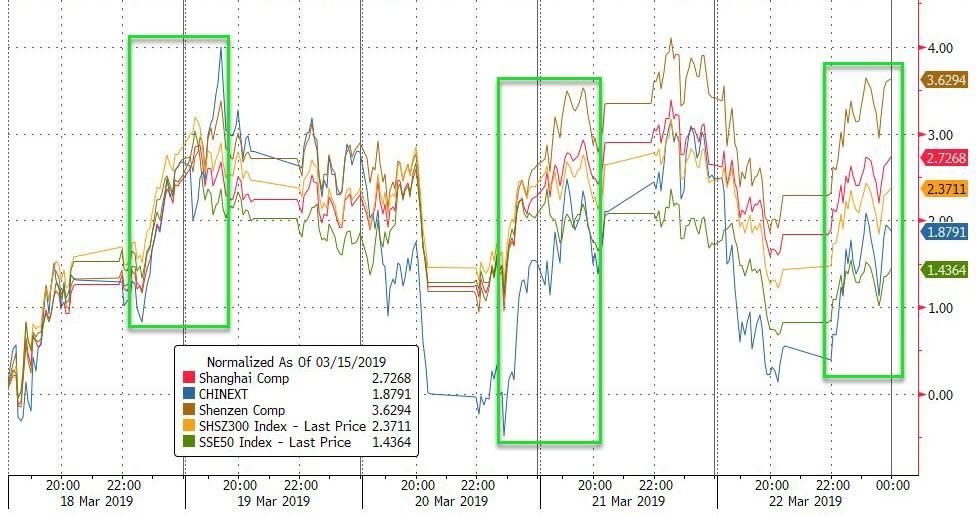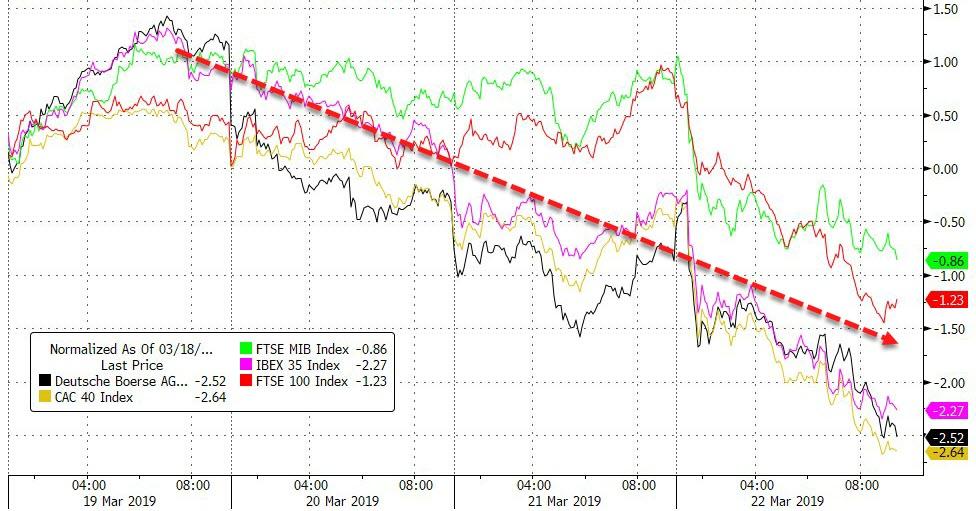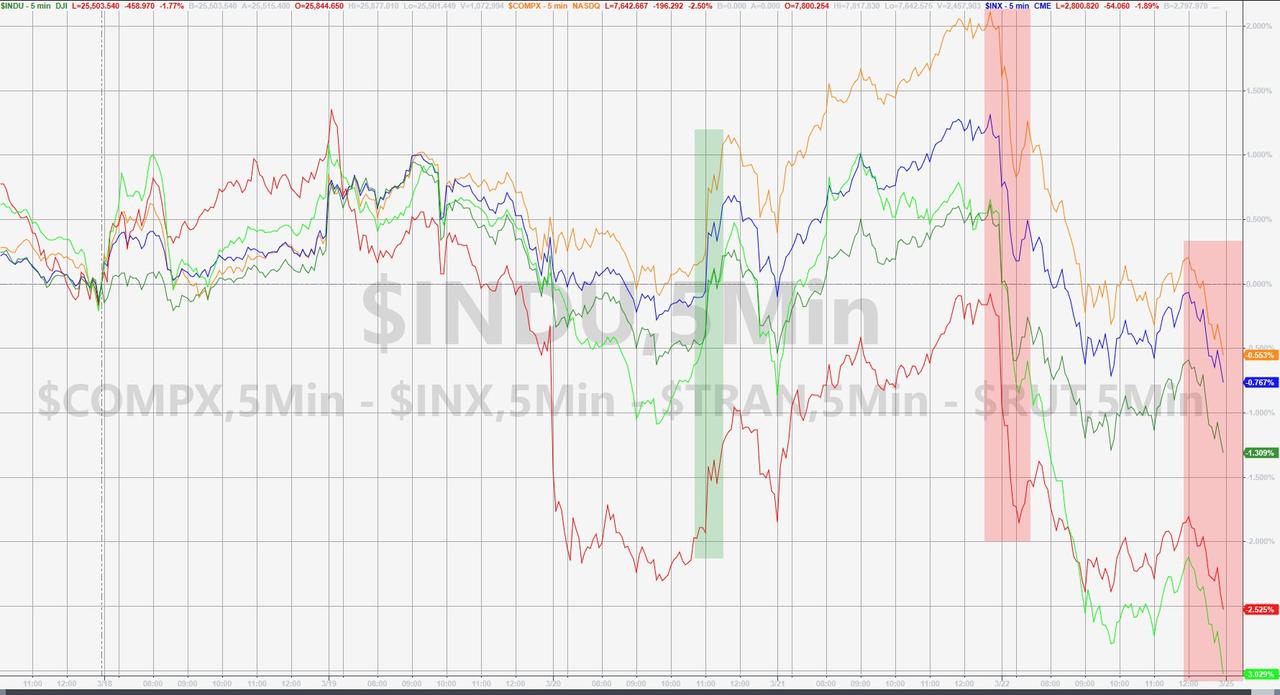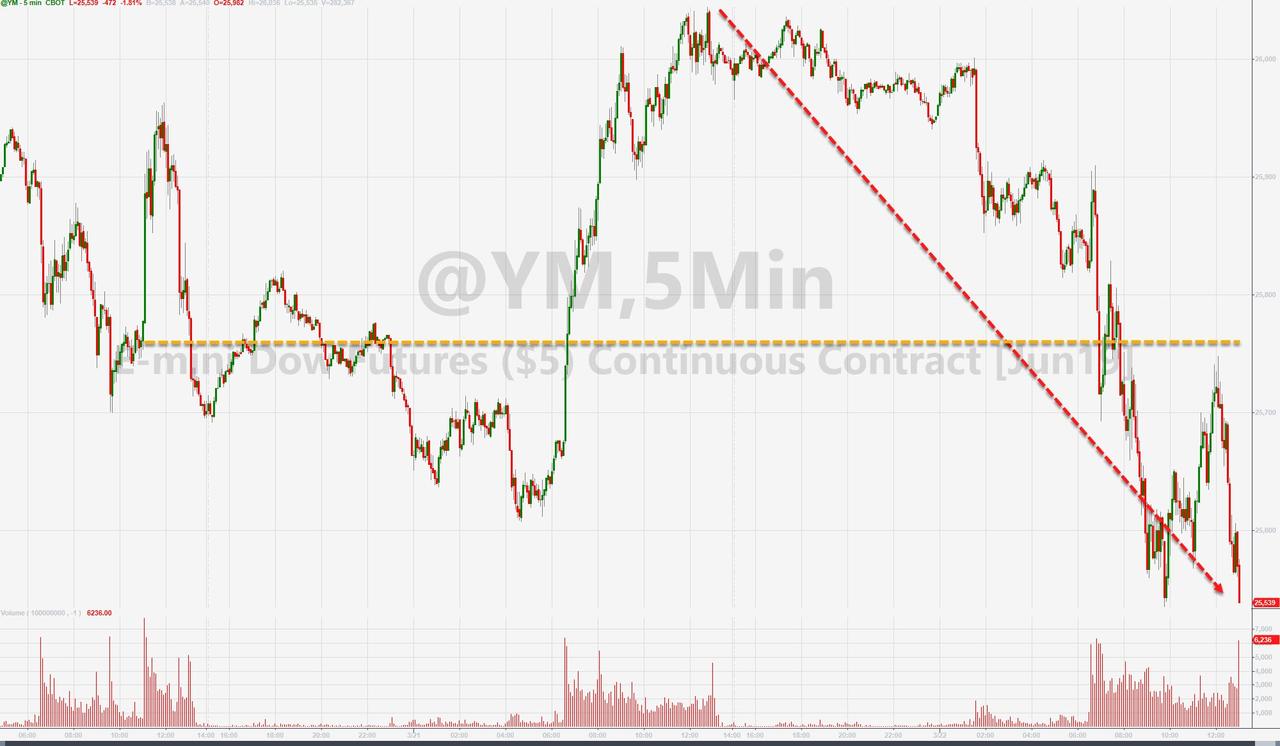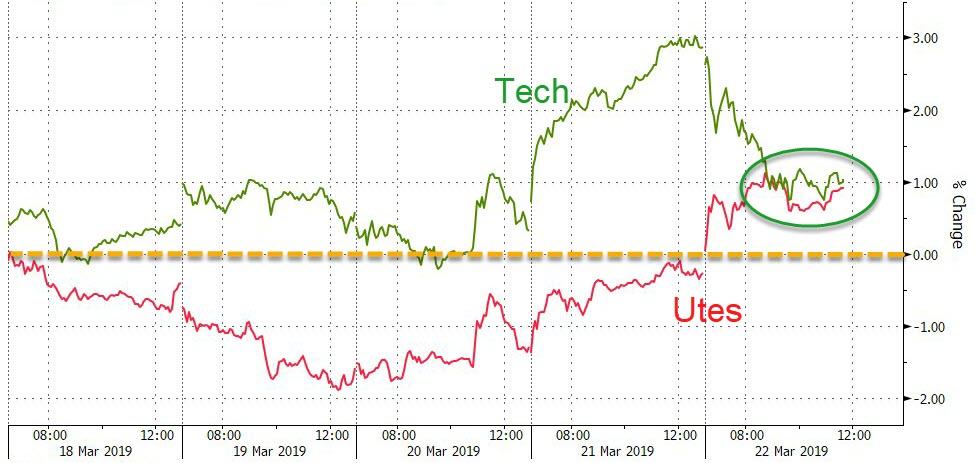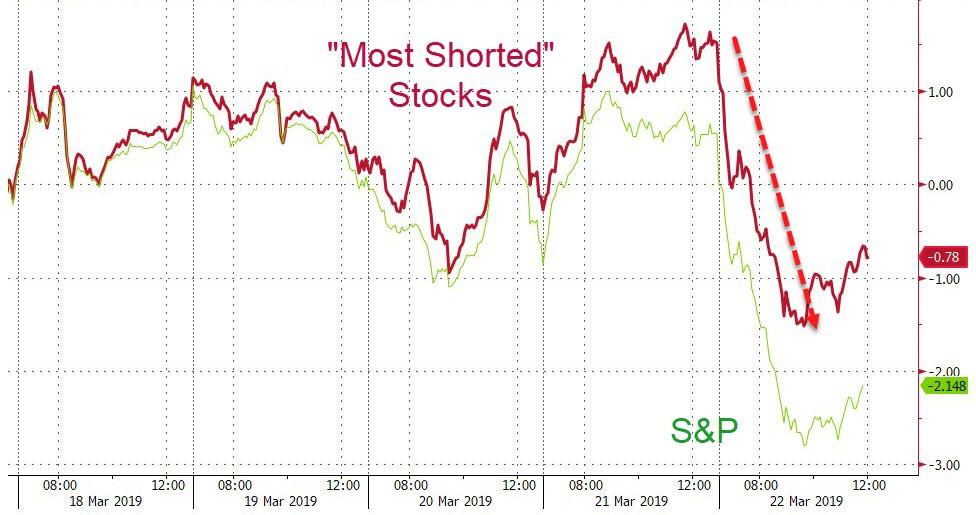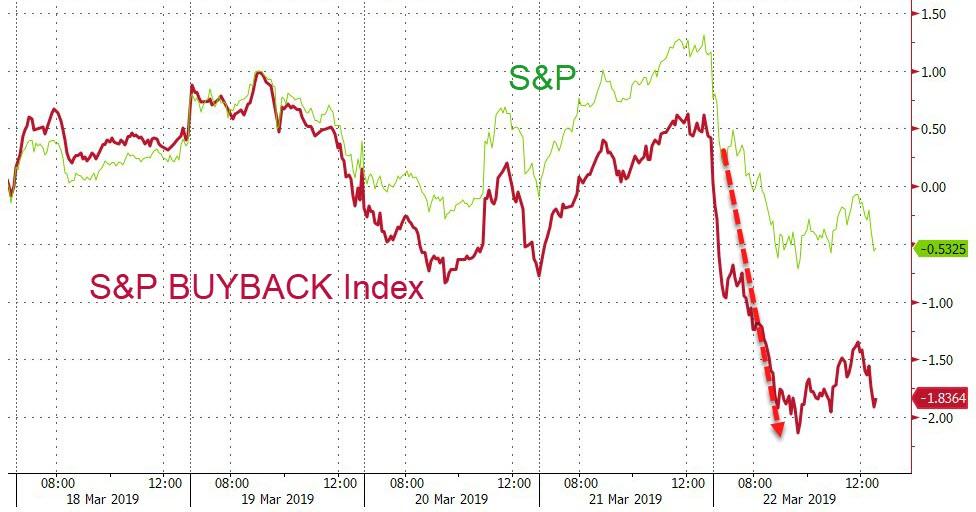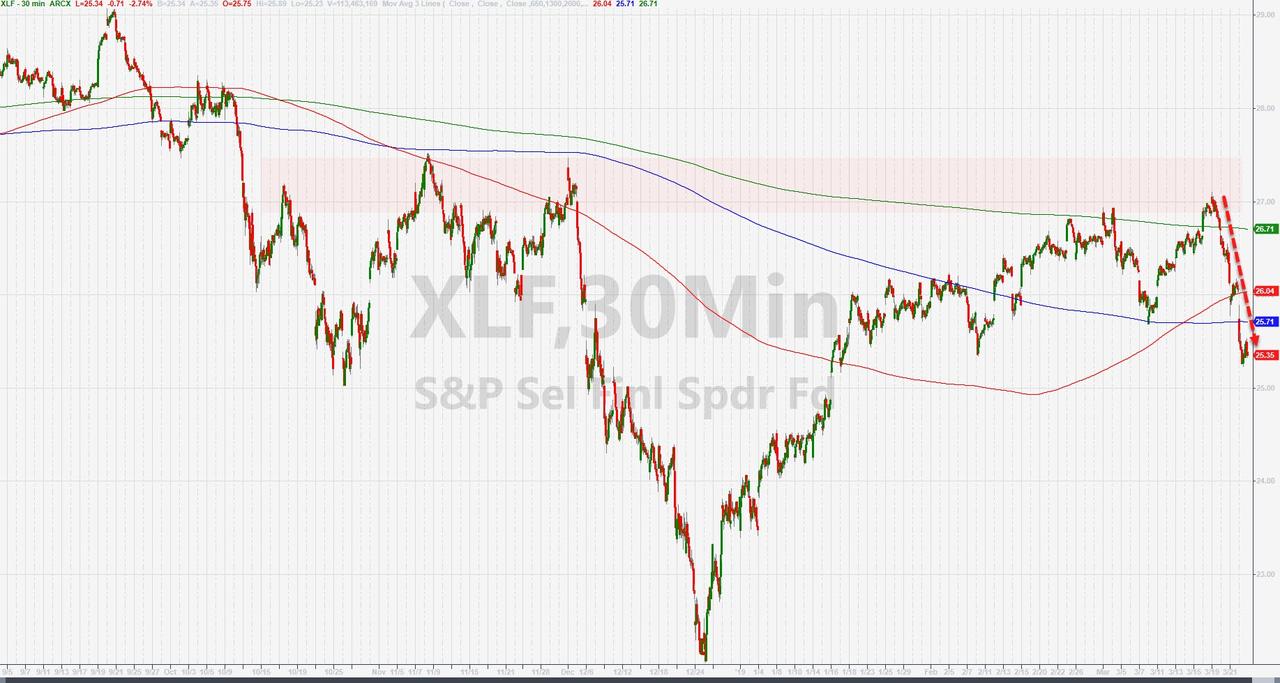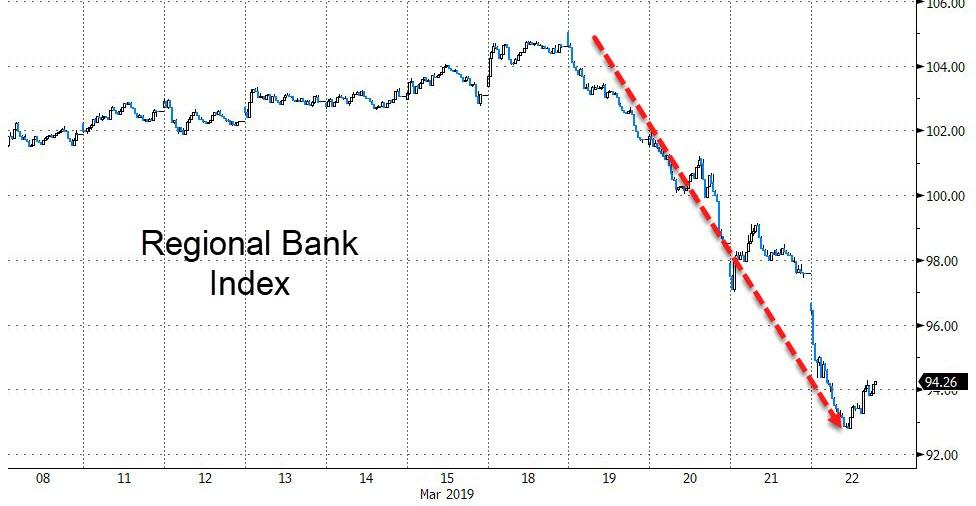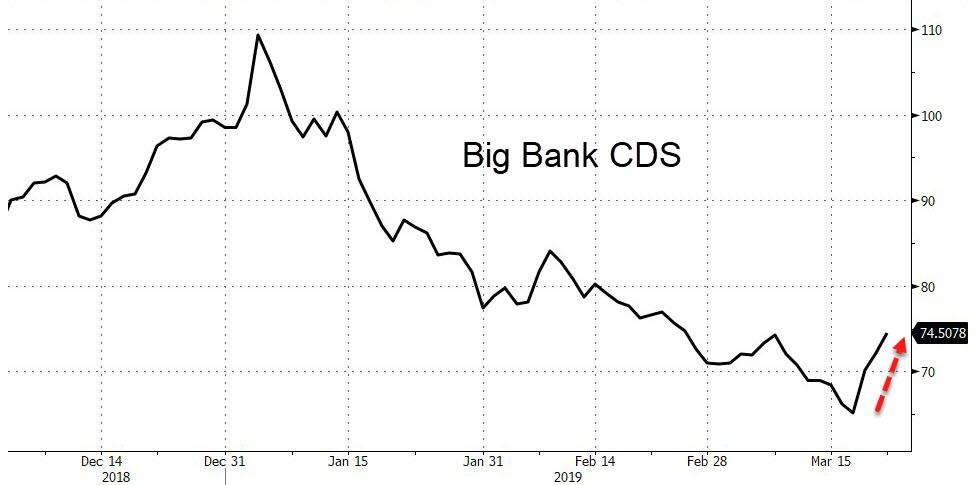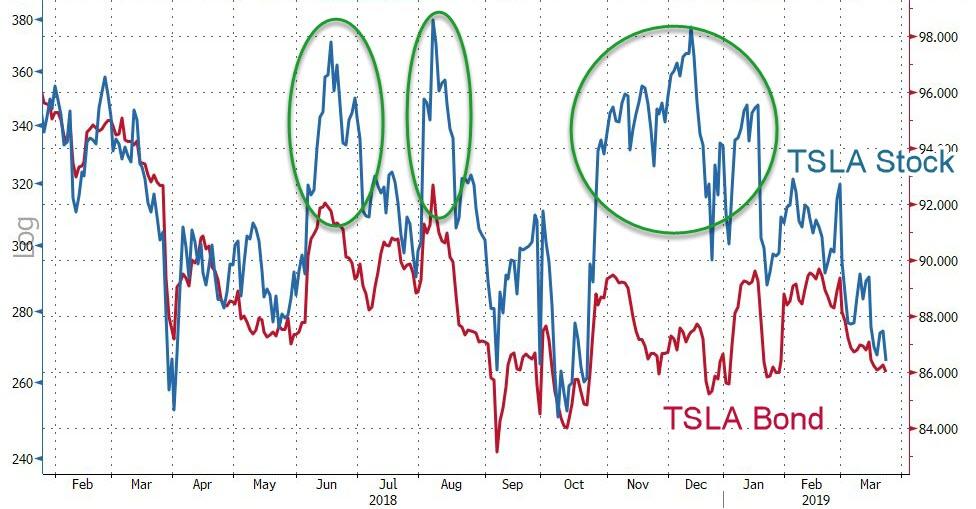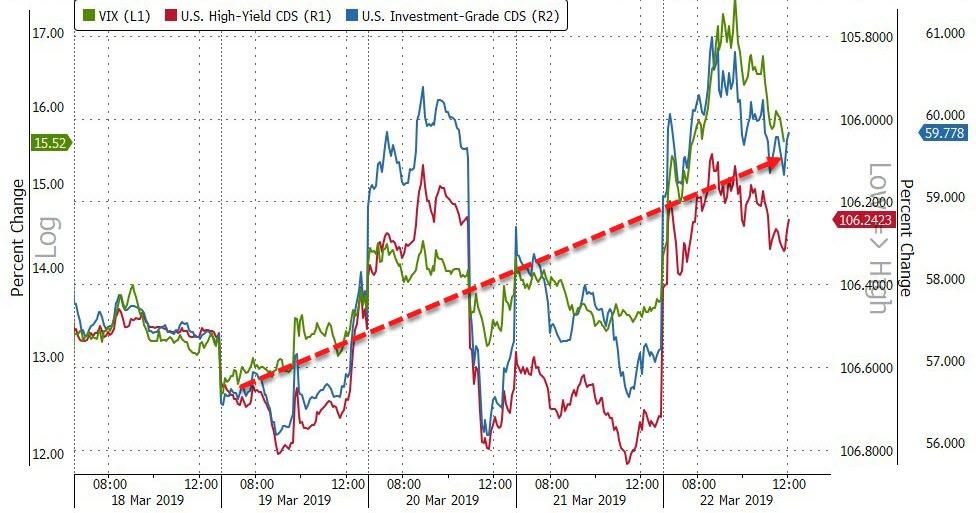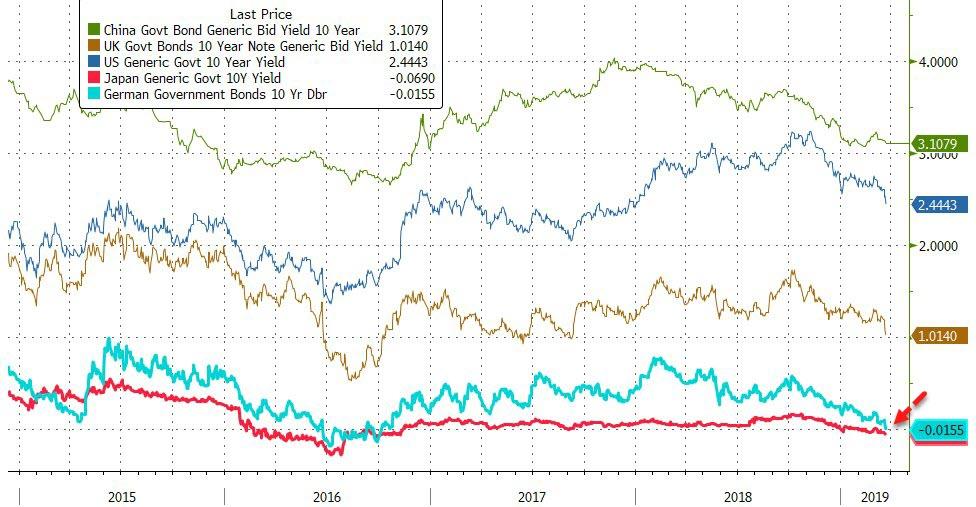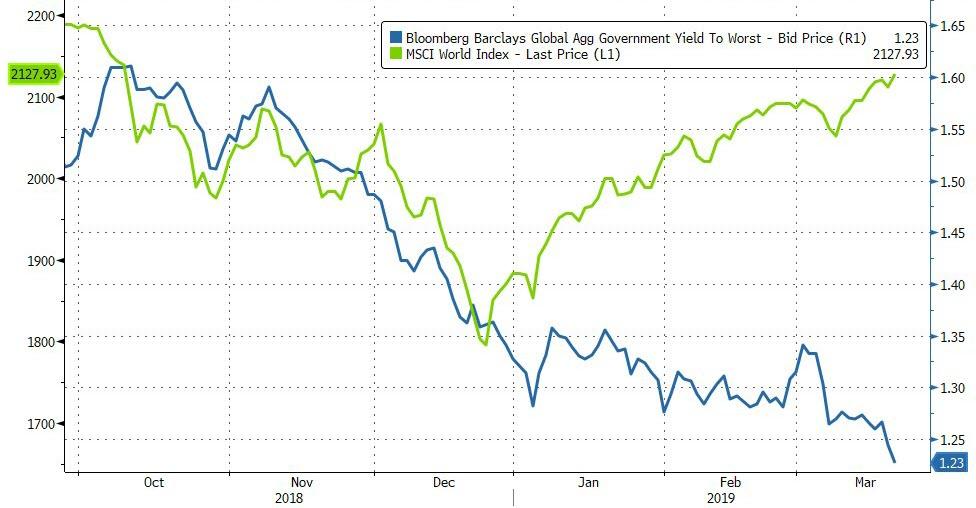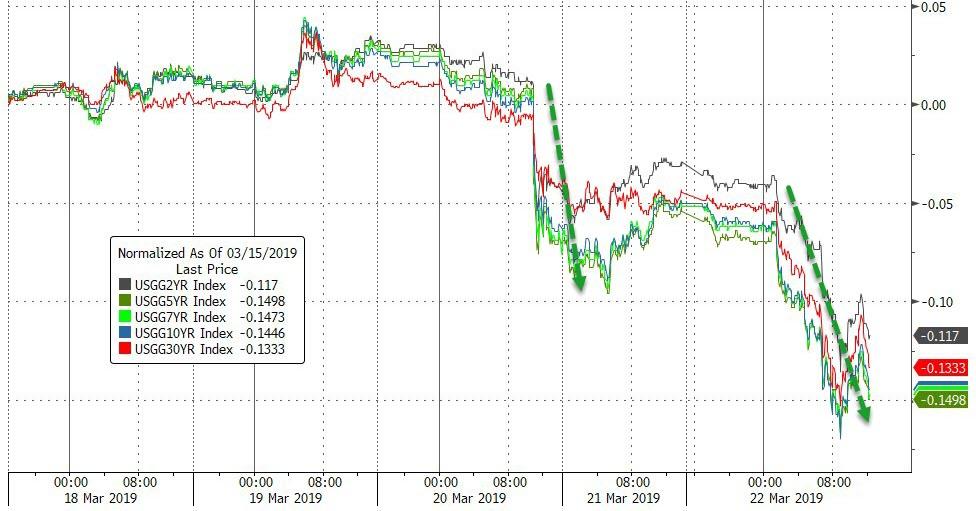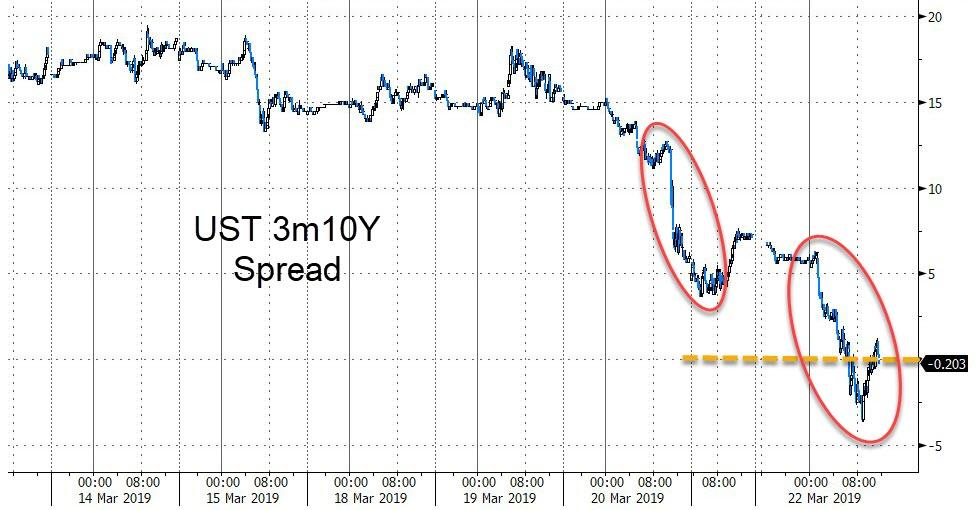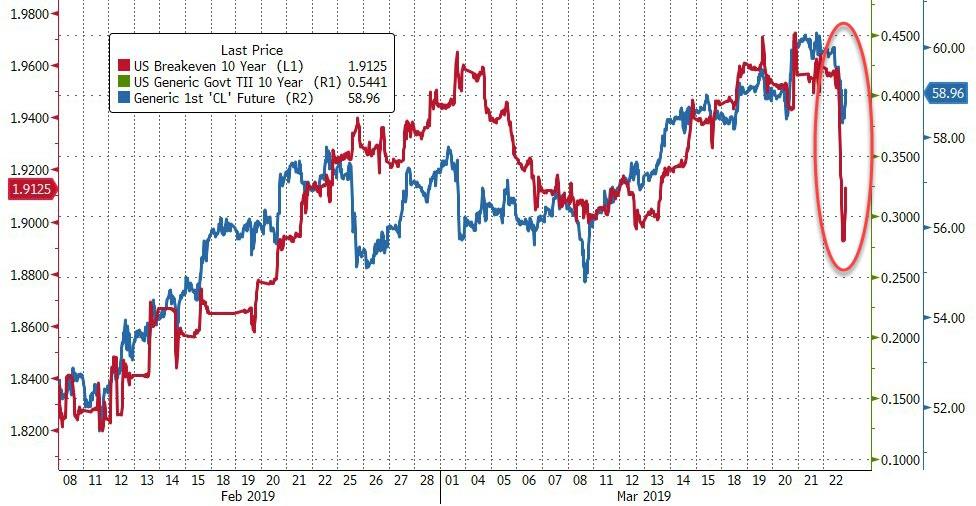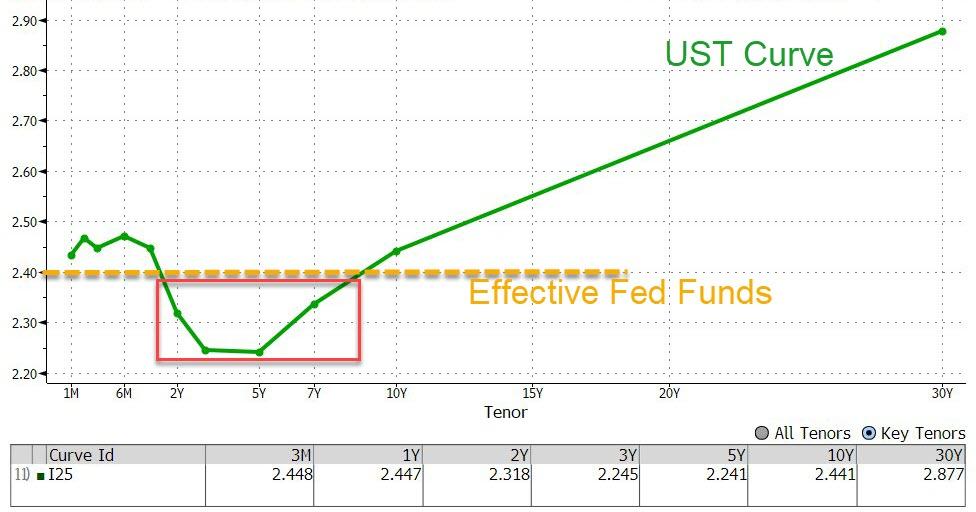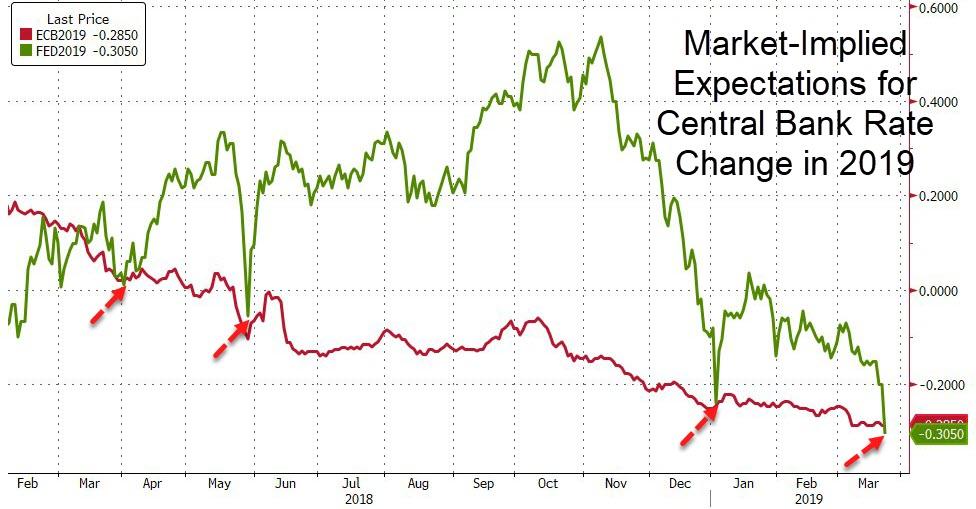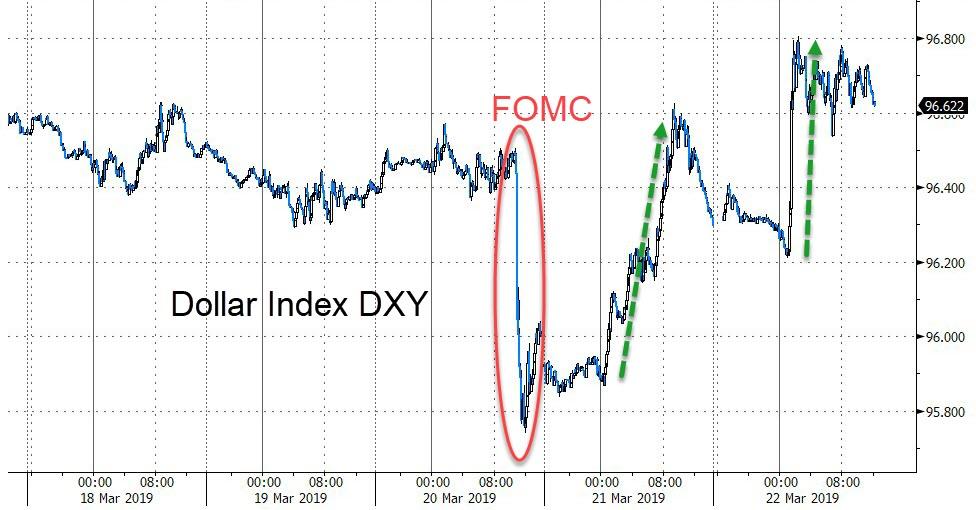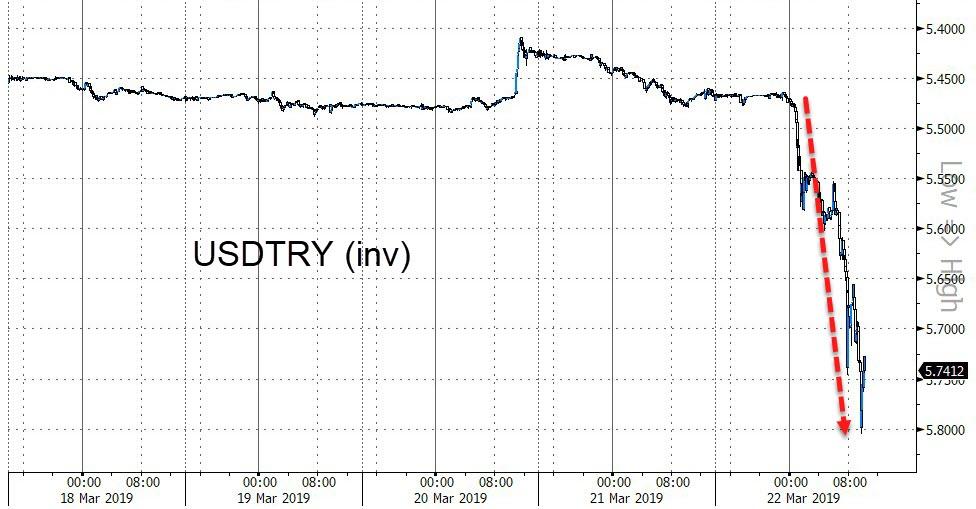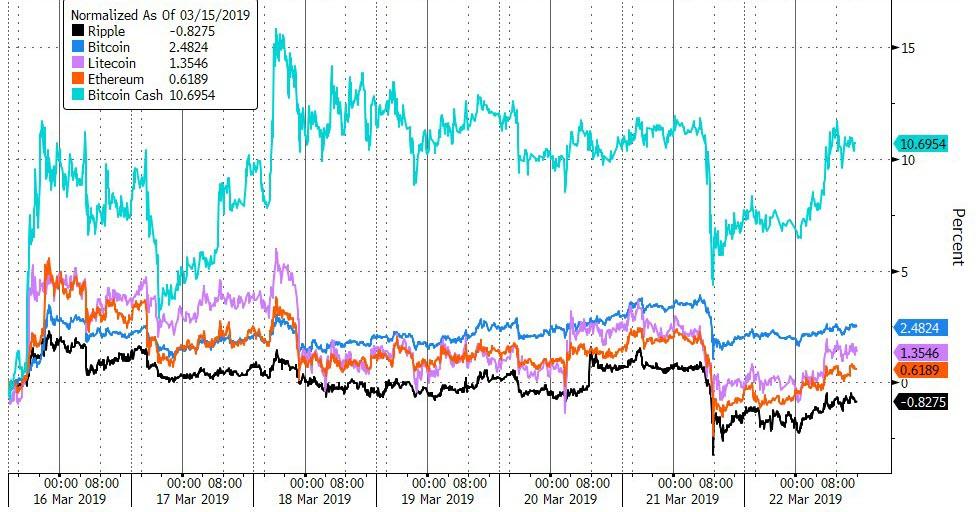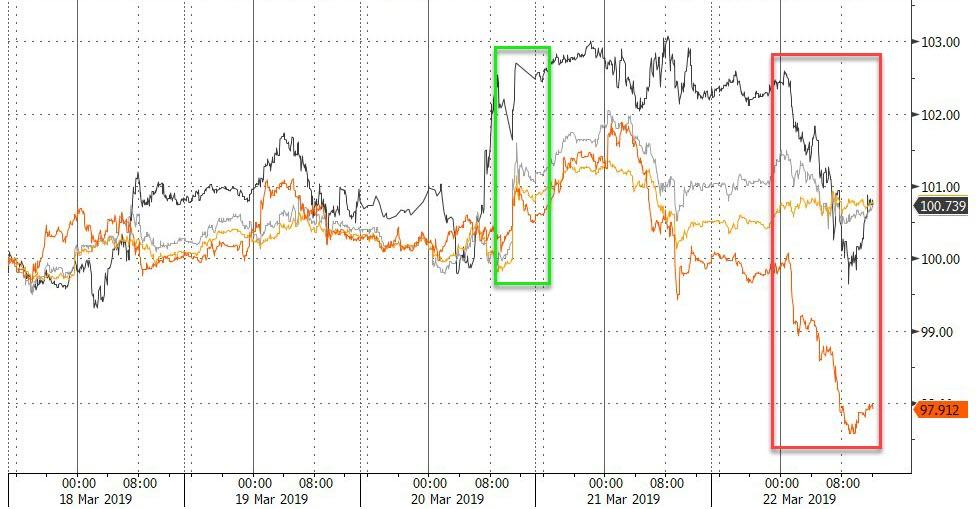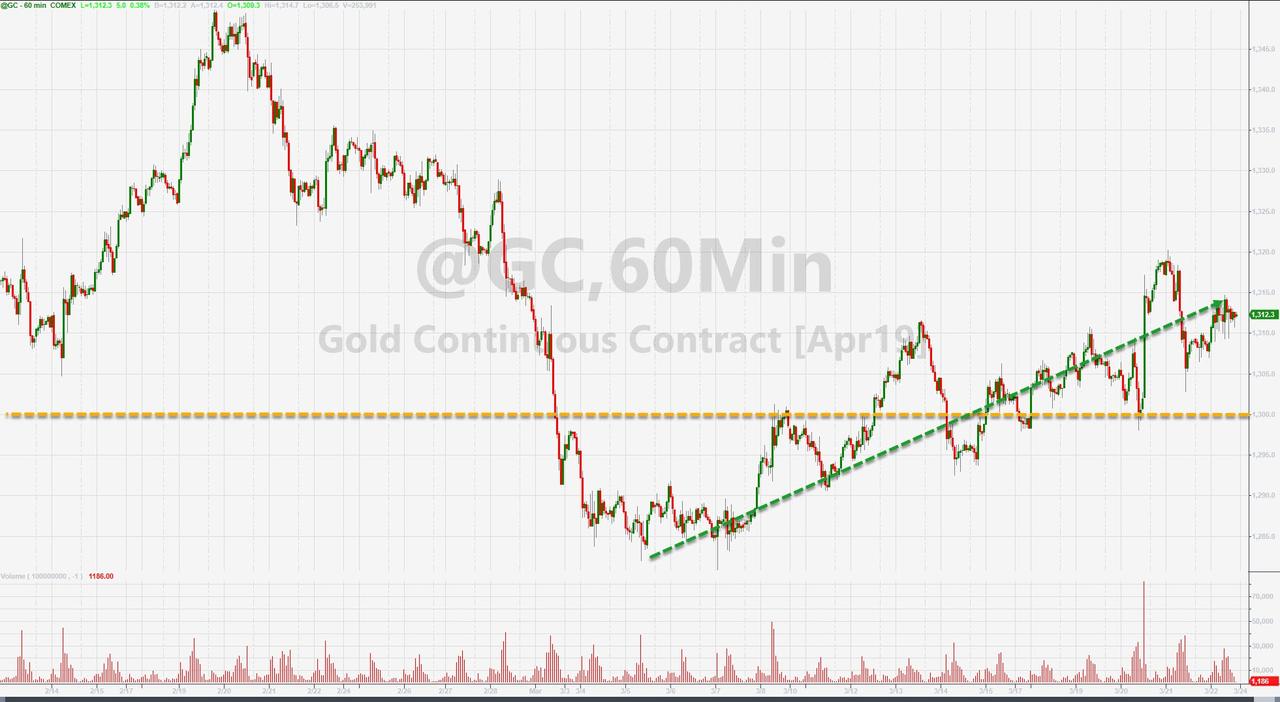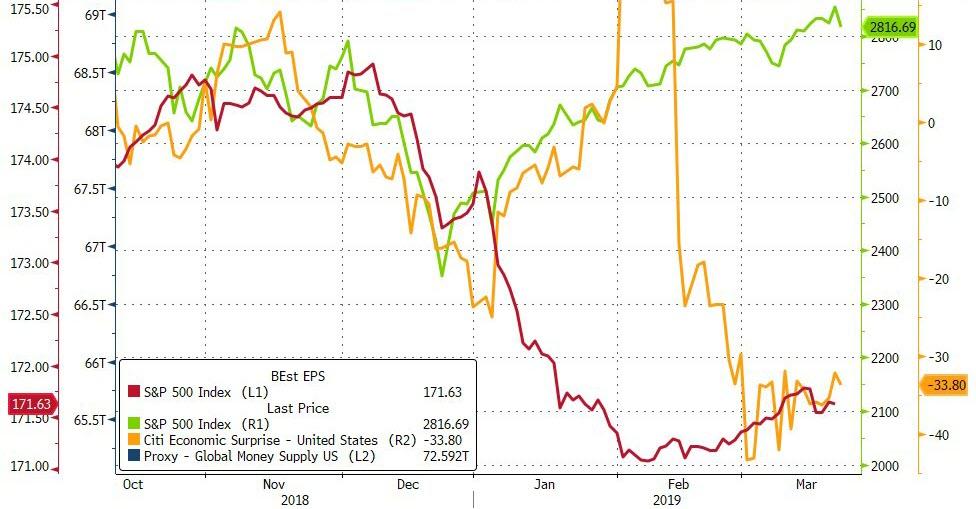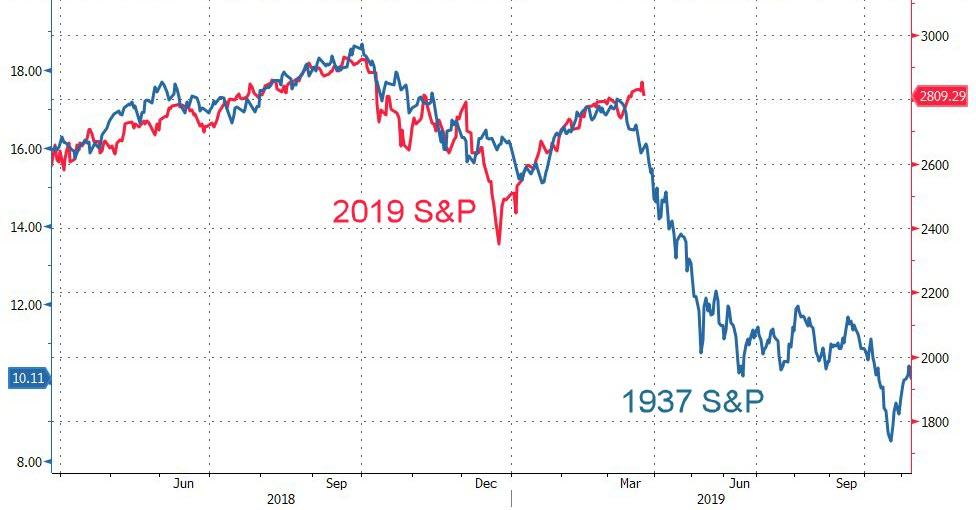Authored by Dean Steinbeck via Hackernoon.com,
For most businesses, opening a bank account and getting access to a variety of services is a straightforward task.
But this is not the case for certain businesses that operate on the fringe of what is seen as acceptable by governments and society at large.
The burgeoning cannabis industry is a case in point. The industry is legal in a number of states in America, yet many of these businesses still can’t access the most basic of banking services.
It’s a big problem for an industry that is expected to grow to $16 billion in 2019. Business owners have had to think of imaginative and dangerous ways to store millions of dollars in physical cash.
The problem is that while the industry is considered legal in California and other states, most banks cannot offer these businesses services due to federal laws. Most commercial banks in America are insured by the Federal Deposit Insurance Corporation, which prohibits them from providing services to industries that are illegal at a federal level.
These companies are making millions legally, but they simply can’t find banks that will help them store and manage their money. They are crying out for basic financial services.
Fortunately, we are finally seeing the first real legal steps taken to address this issue at a state level in America, as the flourishing cannabis industry has been thrown a lifeline to address a lack of financial services.
Lawmakers in California have proposed a new bill that will allow cannabis-related businesses to pay state fees and taxes using stablecoins. The bill would take effect in 2020 if passed.
It will allow cities and counties to collect taxes and fees using stablecoins, which will then be converted into US dollars.
As California’s State Treasurer Fiona Ma told the US House Committee on Financial Services in February, many cannabis-related businesses have had to carry suitcases full of cash to their local tax authority offices in order to settle their quarterly accounts.
It’s a ludicrous state of affairs that needs a forward-thinking, digital solution that is already on hand.
How crypto aims to solve the banking problem
Crypto has long offered a solution to the inefficiencies and flaws with fiat currency and the banking system.
Bitcoin’s whitepaper gives one of the best descriptions of crypto’s intent.
“A purely peer-to-peer version of electronic cash would allow online payments to be sent directly from one party to another without going through a financial institution.”
This is the crux of what cryptocurrencies look to do. It gives people the power to make transactions of value directly between each other, without the need for a centralized authority to store their funds or facilitate these transactions.
Furthermore, many cryptocurrencies allow you to do this anonymously and quickly, without the need for centralized approval. The more difficult it becomes to win that approval in the traditional financial system, the greater the demand for a decentralized financial system grows.
While the benefits are clear, crypto is hard to accept by mainstream institutions because of the steep learning curve needed to understand how it works and the price volatility associated with most cryptocurrencies.
Many are put off by the technical aspects of the technology while most financial institutions are just too worried about the wild swings in value that have characterized the cryptocurrency markets over the past few years.
However, there is a crypto option that addresses many of these concerns and could well offer a gateway to crypto for mainstream institutions.
Stablecoins: A gateway to cryptocurrencies
Stablecoins have been part and parcel of the crypto landscape for a number of years. While they may be met with some skepticism by crypto veterans, stablecoins could provide the potential for mass user adoption of cryptocurrency.
For the uninitiated, stablecoins are cryptocurrencies tied to a stable asset or assets. This is intended to negate the price volatility that is associated with various decentralized cryptocurrencies.
Stablecoins are usually fixed to a fiat currency, like the US dollar, and offer an easier transition into crypto for the layperson because they can easily understand what a stablecoin is worth and don’t have to be concerned about wild price swings.
It’s also great for retailers because they can accept stablecoins without taking on unwanted currency risk –the possibility that your crypto holdings could appreciate or depreciate in value. Plus, they still have to pay their bills in traditional fiat currency, so until the ecosystem is entirely ready to accept crypto, stablecoins will bridge the gap.
What does this mean for Crypto Law Insiders?
As Insiders know, we try not to extrapolate too much from any one data point. But to be fair, even if this California bill does not pass, it’s a great sign of what lies ahead.
Businesses and lawmakers are starting to understand that crypto provides solutions that traditional fiat currencies don’t.
There is a powerful irony to governments accepting stablecoins as a solution to problems they themselves created. The more challenges regulators put up in the banking industry, the more fuel these regulators add to the fire for crypto solutions.
Governments are worried about cryptocurrencies challenging and replacing their fiat/banking systems. And to counter this, they’ve implemented unreasonable banking KYC/AML requirements to limit the growth of crypto-related businesses.
However, it is the overbearing banking KYC/AML requirements that are driving users to adopt crypto more rapidly because they are being locked out of the traditional banking ecosystem.
Laws like the one California is proposing are just the beginning.
Over the coming years, I expect stablecoins to grow exponentially as businesses that cannot access traditional banking systems seek solutions to their problems. And as the stablecoin ecosystem grows, others will be drawn into it.
Stablecoins will be the gateway into the world of crypto for millions of users.
via ZeroHedge News https://ift.tt/2UVqhkw Tyler Durden


